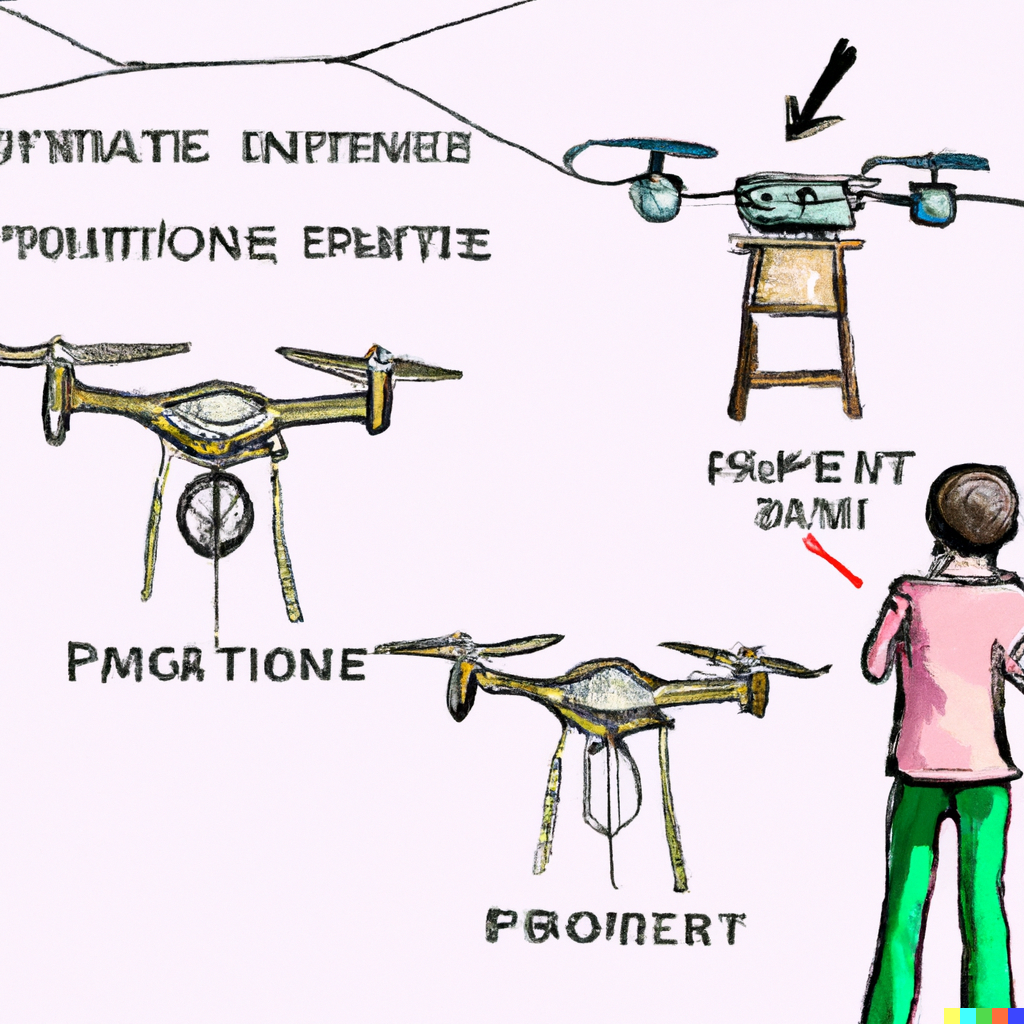
The drone’s working frequency includes GNSS bands and ISM bands
ISM stands for Industrial, Scientific, and Medical frequency bands, which are radio frequency bands designated by the International Telecommunication Union (ITU) for industrial, scientific, and medical uses.
Here is a list of ISM bands for drones, along with a brief description of each:
- 2.4 GHz ISM band: This frequency band is used by most consumer drones for control and communication with the remote control.
- 5.8 GHz ISM band: This frequency band is also used by some consumer drones for control and communication with the remote control.
- 1.2 GHz to 1.3 GHz band: This frequency band is used by some racing drones for control and communication with the remote control.
- 902-928 MHz ISM band: This frequency band is used by some industrial drones for control and communication with the remote control.
- 5.725-5.875 GHz band: This frequency band is used by some drones for communication with satellite navigation systems such as GPS.
- 433 MHz band: This frequency band is used by some drones for communication with ground stations.
It is important to note that different countries may have different regulations regarding the use of ISM frequency bands for drones, so it is important to check the specific regulations in your area before using a drone.
GNSS bands
Global Navigation Satellite Systems (GNSS) typically operate on the following frequencies:
- GPS (United States): L1 frequency of 1575.42 MHz and L5 frequency of 1176.45 MHz
- GLONASS (Russia): L1 frequency of 1602 MHz and L2 frequency of 1246 MHz
- Galileo (Europe): E1 frequency of 1575.42 MHz and E5a frequency of 1176.45 MHz
- BeiDou (China): B1 frequency of 1561.098 MHz and B2 frequency of 1207.14 MHz
The specific frequencies used by a drone depend on the type of GNSS receiver it is equipped with and its intended use. For example, some drones may use a multi-frequency GNSS receiver to receive signals from multiple satellite systems for improved accuracy and reliability.


